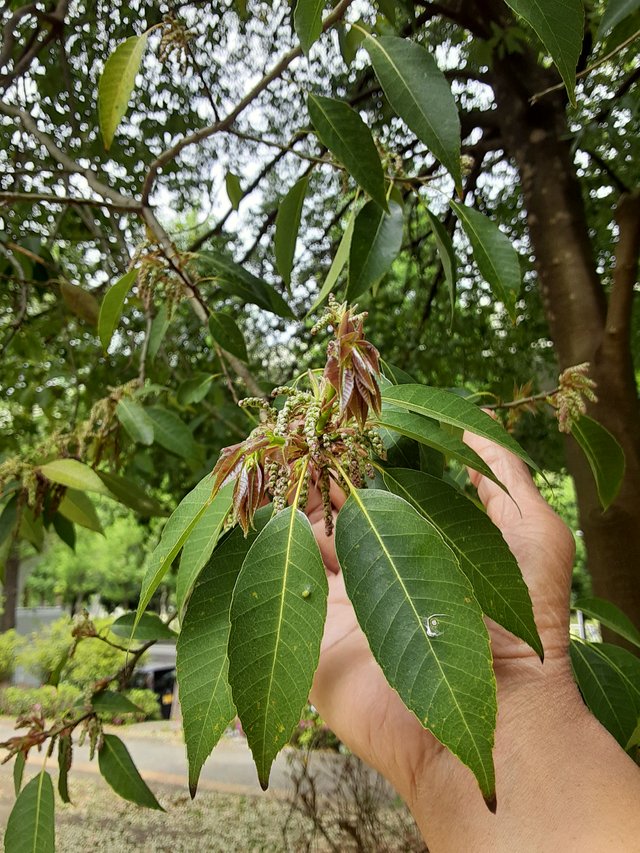
Lithocarpus glaber, also known as the Japanese Blue Oak or Ring Cupped Oak, is a stunning evergreen gem that brings a touch of Asian elegance to landscapes. Native to Japan and parts of southern China, this versatile plant can grow as a small tree reaching 20-30 feet, or a large shrub depending on how it's pruned.
The captivating charm of Lithocarpus glaber lies in its foliage. The leaves, ranging from 4 to 8 inches long and 2 to 4 inches wide, take on an elliptical or oblong shape. In spring, they put on a captivating display, emerging with a bronzy or even purplish hue. As the season progresses, the leaves transform into a glossy, deep green that adds a touch of sophistication to any yard. The undersides, however, hold a secret beauty – they are typically a grayish-green or even a captivating blue-green, often adorned with a fine layer of soft hairs. This creates a stunning contrast when the wind gently rustles the leaves, revealing their hidden shimmer.
The leaf margins of Lithocarpus glaber are another point of interest. While they are generally entire, meaning smooth and without teeth, some leaves may have a few subtle teeth near the apex, adding a touch of textural intrigue. The base of the leaves is typically rounded, completing their graceful form. While the fall color isn't particularly showy, offering a subtle yellowish-green, the evergreen nature of the plant ensures a year-round display of captivating foliage.
Beyond aesthetics, Lithocarpus glaber possesses some interesting ecological properties. Studies have revealed the presence of condensed tannins in its leaves. These tannins boast potent free radical scavenging activity, potentially offering interesting areas for further research.
Overall, Lithocarpus glaber is a captivating plant that offers a unique combination of beauty and potential ecological benefits. Its evergreen nature, stunning foliage with its contrasting undersides, and tolerance for a wide range of soil conditions make it a valuable addition to many landscapes.
Ref.:
 |  |
Upvoted! Thank you for supporting witness @jswit.
Downvoting a post can decrease pending rewards and make it less visible. Common reasons:
Submit